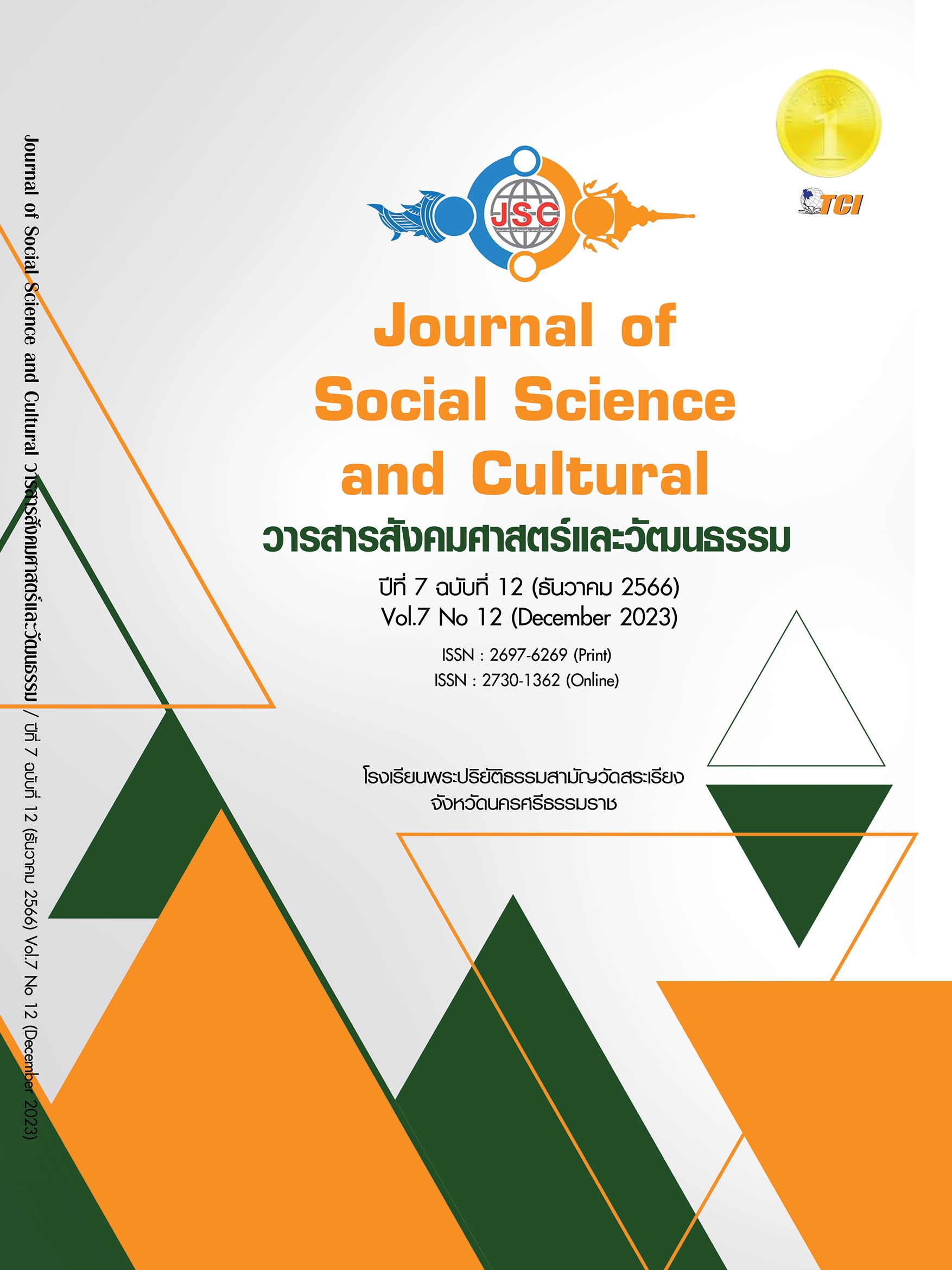INNOVATION COMMUNICATION OF EDTECH STARTUP ECOSYSTEM IN USA, CHINA, AND INDIA
Main Article Content
Abstract
The objective of this research is to study the innovation communication of edtech startup ecosystem in the United States, China, and India. The analysis is conducted using document analysis of public records from relevant organizations. The study found the following: At the national context level: In the political context, all three countries have clear policies supporting educational innovation, despite differences in their political systems. In the economic context, these countries have significant GDP rankings: the United States is ranked first, China is ranked second, and India is ranked fifth. In the social and cultural context, these countries have the largest populations in the world: India is ranked first, China is ranked second, and the United States is ranked third. In the technological context, these countries invest in research and development in technology and innovation, ranking first in China, second in the United States, and fourth in India. At the industry level: In the United States, there is a diverse range of company types, including corporate learning, upskilling, and post-secondary education. In China and India, the focus is on tutoring and test preparation. At the organizational level: There are various communication strategies for educational innovation. In the United States, the primary focus is on communication with businesses and educational institutions, using Content Marketing strategies to establish leadership positions. In China, the main focus is on communication with students and parents, utilizing Influencer Marketing strategies to build brand awareness. In India, digital and traditional media are used in combination (Hybrid Marketing) to reach a large number of learners.
Article Details
References
Anand, B. (2016). The Content Trap: A Strategist’s Guide to Digital Change. New York: Random House.
Blasini, B., et al. (2013). The role of communicators in innovation clusters. Berlin-Heidelberg: Springer.
Central Square Foundatio. (2022). EdTech for India: Leveraging Technology to bridge learninggaps. Retrieved September 19, 2022, from https://www.centralsquarefoundation.org/ reports/edtech-for-india-leveraging-technology-to-bridge-learning-gaps
EdTechX. (2016). EdTech Industry Report 2016. Retrieved September 12, 2022, from https://impactx2050.com/ x-report-library
Goryachev, A. (2018). Three Reasons Why Innovation is All About Communication. Retrieved September 1, 2022, from https://www.forbes.com/sites/ Forbescommunicationscouncil/2018/02/05/three-reasons-why-innovation-is-all-about-communication/?sh=704069e36e5c
HolonIQ. (2020). Global EdTech 1000. Retrieved September 1, 2022, from www.holoniq.com/global-edtech-1000
Huck, S. & Zerfass, A. (2007). Innovation, Communication, and Leadership: New Developments in Strategic Communication. International Journal of Strategic Communication, 1(2), 107-122.
Navitas Ventures. (2018). Global EdTech Ecosystems 1.0: Connecting the World of Education Technology. Retrieved September 1, 2022, from https://insights.navitas.com/navitas-ventures-releases-global-edtech-ecosystems-1-0/
Omidyar Network. (2019). Scaling, Access, & Impact: Realizing the Power of EdTech, March 2019. Retrieved September 1, 2022, from https://omidyar.com/scaling-access-impact-realizing-the-power-of-edtech-2/
Pfeffermann, N. (2011). Innovation Communication as a Cross-Functional Dynamic Capability: Strategies for Organizations and Networks, Strategies and Communications for Innovations. An Integrative Management View for Companies and Networks. Heidelberg: Springer.
Schwab, K. (2016). The Forth Industrial Revolution. Geneva: World Economic Forum.
Zerfass, A. (2005). Innovation Readiness A Framework for Enhancing Corporations and Religions by Innovation Communication. Innovation Journalism, 2(8), 3-25.


